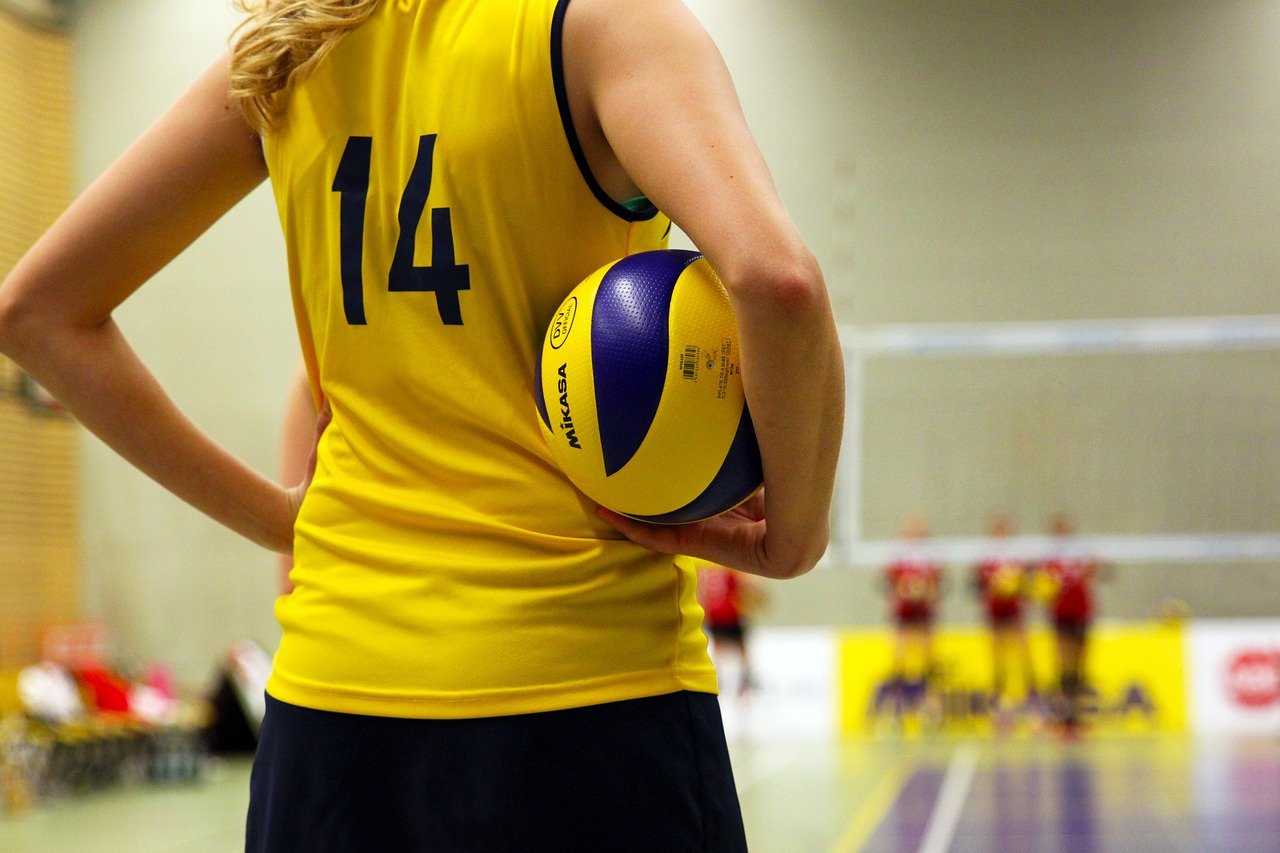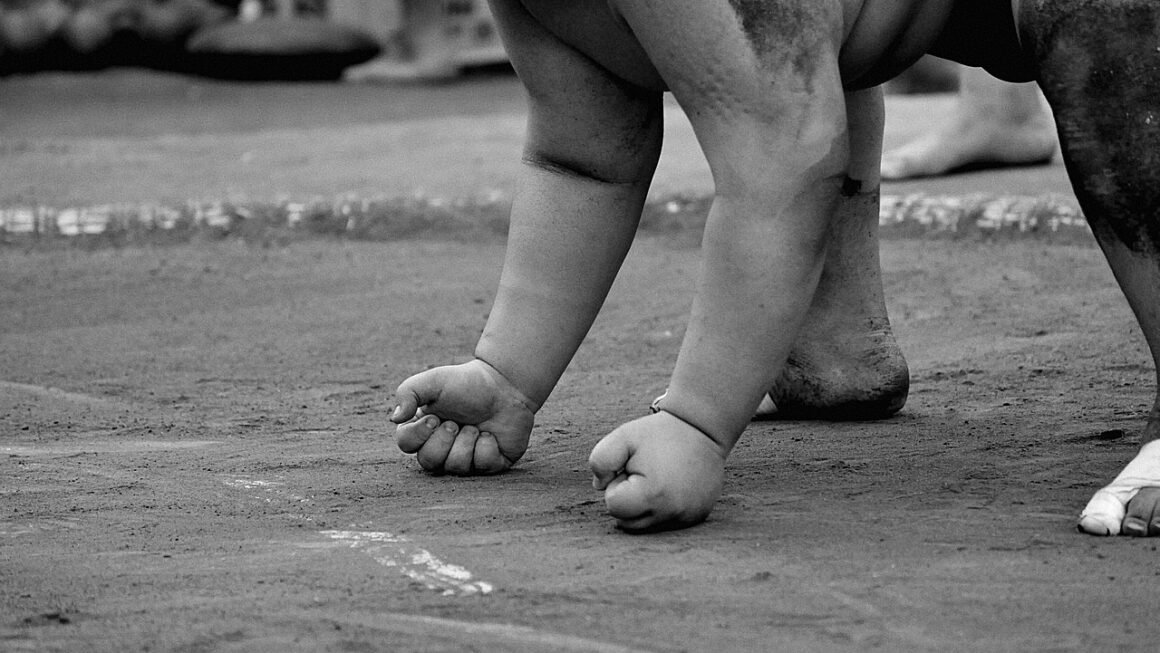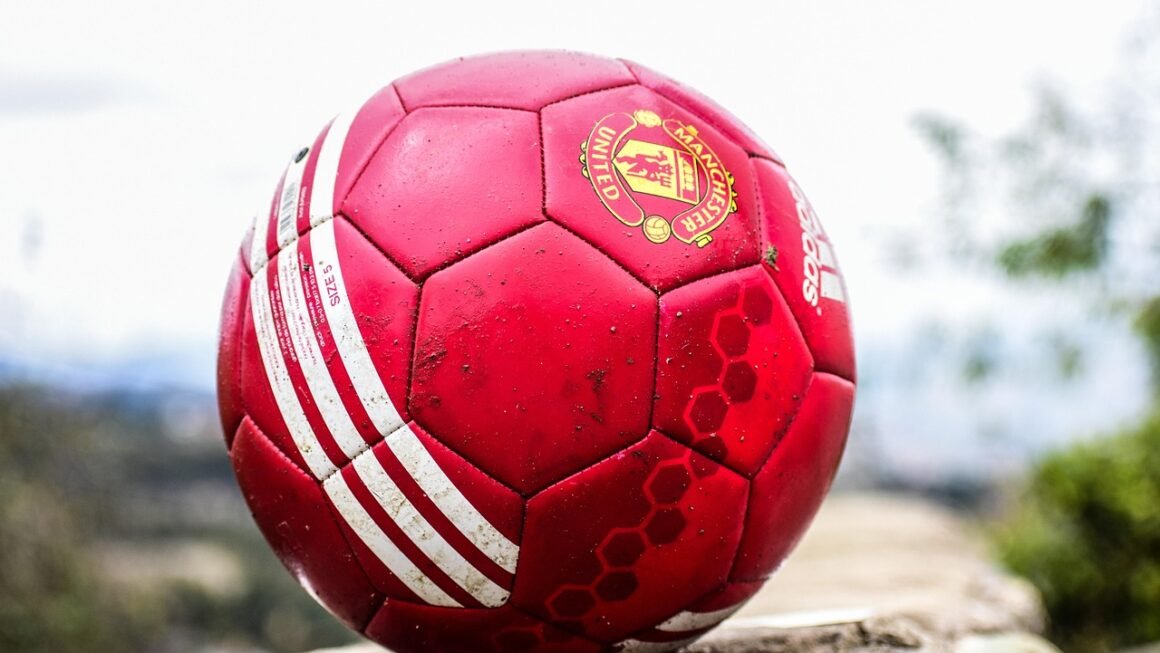Handball, a fast-paced and dynamic team sport played with a ball and hands, is gaining popularity worldwide. Often described as a blend of soccer, basketball, and hockey, handball demands agility, strength, and strategic teamwork. This comprehensive guide will delve into the intricacies of handball, covering its rules, benefits, and how to get involved.
Understanding the Fundamentals of Handball
The Objective of the Game
The primary goal in handball is to score by throwing the ball into the opposing team’s goal. Teams advance the ball by passing, dribbling, and running, with the ultimate aim of outscoring their opponents within the allotted game time. A standard handball match consists of two 30-minute halves with a 15-minute break in between.
- Scoring a goal earns the team one point.
- The team with the highest number of goals at the end of the game wins.
- In some competitions, a draw may lead to extra time or penalty shoot-outs.
Key Rules and Regulations
Handball rules are designed to ensure fair play and player safety. Here are some fundamental regulations:
- Dribbling: Players can dribble the ball, similar to basketball, but they can only take three steps without dribbling.
- Holding the Ball: A player can hold the ball for a maximum of three seconds.
- Contact with the Goal Area: Only the goalkeeper is allowed inside the goal area (a 6-meter radius around the goal). Field players cannot enter the goal area to gain an advantage.
- Fouls and Free Throws: Illegal actions like pushing, tripping, or hitting result in a free throw for the opposing team. More serious fouls can result in a penalty throw (7-meter throw).
- Throw-off: After a goal is scored, play restarts with a throw-off from the center of the court.
The Handball Court and Equipment
A handball court is a rectangular area measuring 40 meters long and 20 meters wide. Important markings include:
- Goal Area Line (6-meter line): Defines the area where only the goalkeeper is allowed.
- Free Throw Line (9-meter line): Where free throws are taken from.
- 7-meter Line: The spot from which penalty throws are taken.
- Center Line: Divides the court into two halves.
Essential equipment includes:
- Handball: Typically made of leather or synthetic material. Sizes vary depending on the age and gender of the players.
- Goals: Each goal measures 2 meters high and 3 meters wide.
- Sports Shoes: Designed for indoor courts, providing grip and support.
Benefits of Playing Handball
Physical Fitness
Handball is an excellent cardiovascular workout and helps improve overall physical fitness.
- Endurance: Constant running and movement enhance cardiovascular endurance.
- Strength and Power: Throwing, jumping, and tackling build upper and lower body strength.
- Agility and Coordination: Quick changes in direction and precise movements improve agility and hand-eye coordination.
Mental Skills and Teamwork
Beyond physical benefits, handball cultivates essential mental skills and promotes teamwork.
- Strategic Thinking: Players must develop game strategies, analyze opponents, and make quick decisions.
- Communication: Effective communication is vital for coordinating plays and defensive tactics.
- Teamwork and Cooperation: Handball emphasizes collaboration and mutual support among team members.
Social Interaction and Community
Playing handball can provide opportunities for social interaction and community involvement.
- Meeting New People: Joining a handball team connects you with like-minded individuals.
- Building Friendships: Team sports foster strong bonds and lasting friendships.
- Community Engagement: Participating in local leagues and tournaments can strengthen community ties.
Basic Handball Techniques and Skills
Passing and Catching
Passing and catching are fundamental skills in handball. Accurate and efficient passing is key to advancing the ball down the court and creating scoring opportunities.
- Overhand Pass: The most common type of pass, delivered with power and accuracy.
- Underhand Pass: Used for short, quick passes in tight situations.
- Catching: Focus on securing the ball with both hands, absorbing the impact, and preparing for the next move.
Shooting Techniques
Scoring goals requires mastering various shooting techniques.
- Jump Shot: A powerful shot taken while jumping, allowing the player to shoot over defenders.
- Hip Shot: A quick, deceptive shot taken from the hip.
- Dive Shot: A risky but effective shot taken while diving towards the goal.
Defensive Tactics
Strong defense is just as important as a potent offense.
- Man-to-Man Defense: Each defender is responsible for marking a specific opponent.
- Zone Defense: Defenders protect a specific area of the court.
- Blocking: Intercepting shots and preventing the ball from reaching the goal.
Getting Involved in Handball
Finding Local Clubs and Teams
The best way to start playing handball is to find local clubs and teams.
- Online Search: Use search engines to find handball clubs in your area.
- National Handball Federations: Check the website of your country’s handball federation for a list of affiliated clubs.
- Community Centers: Local community centers often offer handball programs or leagues.
Beginner Tips and Training
New to handball? Here are some tips to get you started:
- Focus on the Basics: Master passing, catching, and shooting before trying more advanced techniques.
- Attend Training Sessions: Learn from experienced coaches and players.
- Practice Regularly: Consistent practice is essential for improving your skills.
- Stay Active: Engage in other activities to improve your overall fitness.
- Watch Games: Observing professional handball matches can provide valuable insights into tactics and strategies.
Equipment Recommendations for Beginners
Investing in the right equipment can enhance your performance and prevent injuries.
- Handball: Choose a ball that is appropriate for your age and hand size.
- Sports Shoes: Invest in a good pair of indoor sports shoes with adequate support and grip.
- Protective Gear: Consider wearing elbow or knee pads to prevent injuries.
- Athletic Clothing: Comfortable and breathable clothing allows for unrestricted movement.
Conclusion
Handball is a thrilling and physically demanding sport that offers numerous benefits, from improving physical fitness to fostering teamwork and strategic thinking. Whether you’re looking to enhance your athletic abilities, join a vibrant community, or simply try something new, handball is an excellent choice. By understanding the rules, practicing the techniques, and joining a local team, you can experience the excitement and rewards of this dynamic sport.



